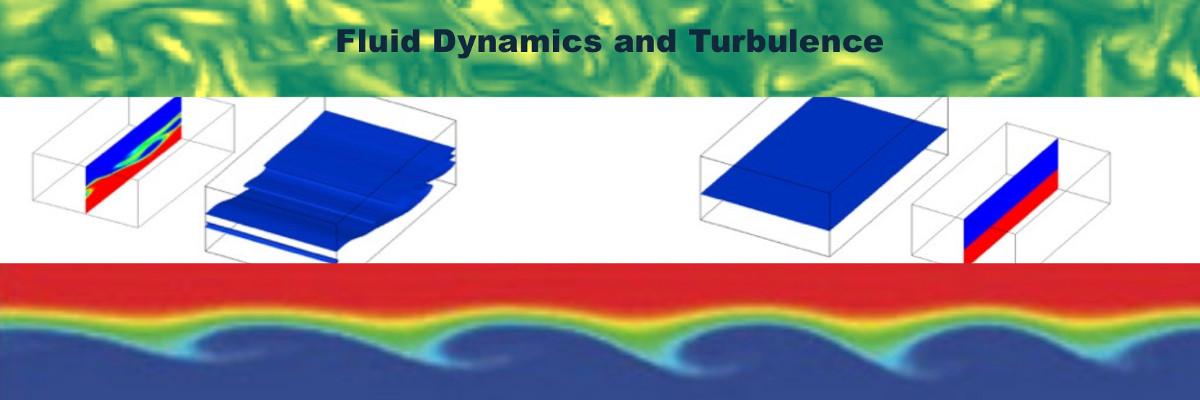Problems in fluid mechanics and turbulence are ubiquitous and pose challenges to engineers, physicists and mathematicians.
Our group works on fundamental and applied problems in the areas of fluid dynamics and turbulence. In particular, there is a strong focus on flow instabilities and the transition from steady laminar flow to a chaotic or turbulent state, in situations mediated by changes in the properties of the fluid across space and time.
Another aspect of our work has to do with the fluid dynamics of clouds. In particular, we try to understand how vortex dynamics affects entrainment and droplet growth. Closely coupled to this system, we have started working on understanding mixing in the Bay of Bengal and eventually develop a self-consistent model for the Indian monsoon.
In our laboratory, we perform experiments on how solids and fluids interact. In particular, there is a lot to be understood about how two solids interact through a fluid medium, and about the dynamics of flexible solids in fluids. We are interested in understanding how plastic rods unbend on a liquid surface, and about balls falling through viscous liquid onto a solid plate.
We also look at problems in the areas of fully-developed turbulence involving fluids, magnetohydrodynamics, and multiphase flows from the point of view of statistical physics. A major focus in our group is to develop an understanding of turbulent transport and the dynamics, collisions, and coalescence of inertial particles in turbulent flows. We also address questions related to the mathematics of the Euler, Navier-Stokes, and Burgers equations, in various dimensions, which include issues related to finite-time singularities, thermalised solutions of (Galerkin) truncated equations of hydrodynamics and the origins of intermittent behaviour in turbulence.
Our group is also interested in the nature of partial differential equations which govern fluid motion and methods of constructing solutions to these equations. These are studied by using a mixture of analytical and numerical techniques supplemented with experimental observations of the physical system in question. In particular, much of the work in this direction have focused on the study of surface water waves.
Our research involves application of ideas in classical fluid mechanics, statistical physics, and applied mathematics and a reliance on state of-the-art numerical simulations. Furthermore, our group is strongly coupled with various experimental groups working in the field of fluid mechanics, soft matter and turbulence. An example of such collaboration is the work on fluid-solid interaction.


